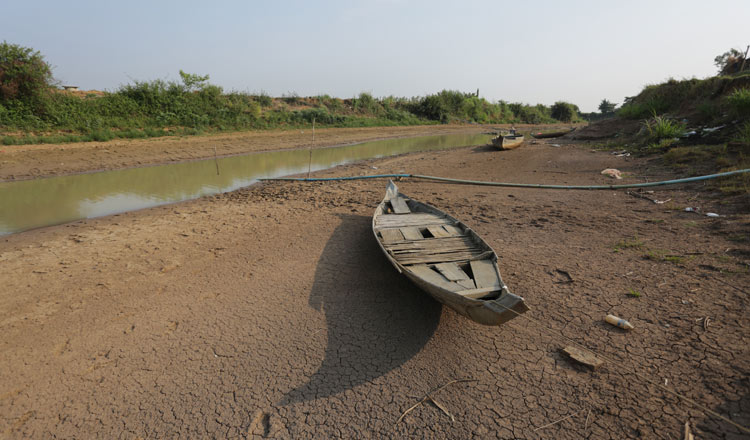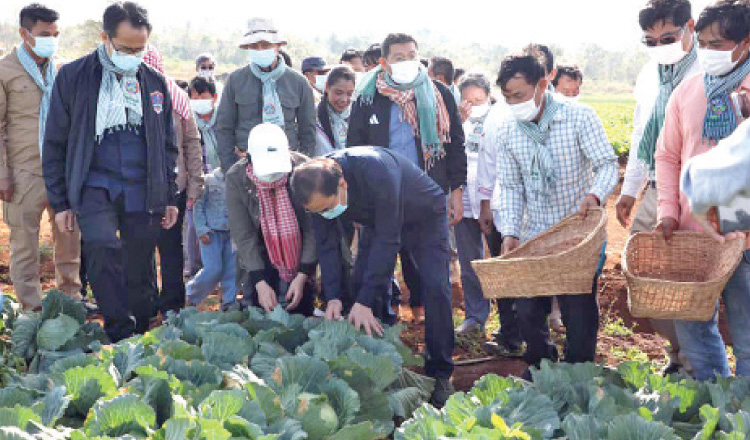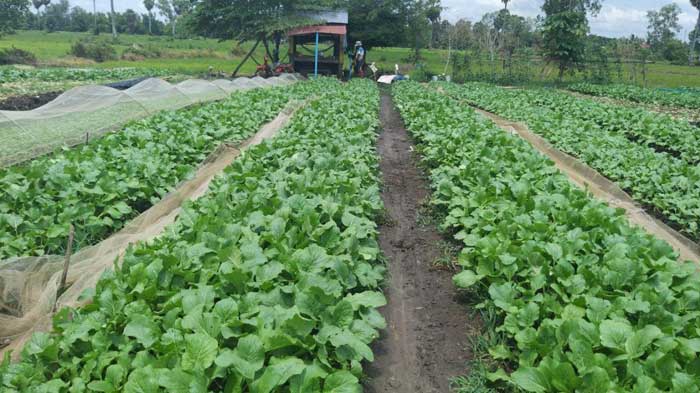Mekong Region Facing Serious Drought
According to recent Mekong River Commission (MRC) studies, the frequency and severity of droughts across the Mekong basin have increased over the past few decades. The upper reaches of the Mekong are witnessing an unprecedented spectacle when the water level is at its lowest in history, even though it is the rainy season. Downstream, the concern that floodwaters will not return and saltwater intrusion threaten both Cambodia and the Mekong Delta of Vietnam.
In 2019, figures from the Mekong River Commission show that the upstream of the Lower Mekong basin in Chiang Saen district, Chiang Rai province of Thailand to Luang Prabang and Vientiane in Laos and further to Nong Khai (Thailand) and Neak Luong, Cambodia, were both lower than the levels measured in 1992, the year considered to have the lowest recorded discharge. Tonle sap – Southeast Asia’s largest freshwater lake is a giant “water bag” that stores water in the rainy season and releases water to regulate downstream of the Mekong Delta in Vietnam. However, in 2019 this water bag is also seriously declining. Many people in floating village areas were stranded because the water was low.
The Mekong basin has two sections namely the upper portion which partly flows in Chinese territory and the lower portion which flows from Laos to the coast of the Mekong Delta. In the upper catchment area, the source of water is mainly from melting snow in the Tibetan Plateau, contributing relatively little to the total volume of water, accounting for only 16%, with Myanmar contributing 2%.
The remaining 82% of the Mekong water is due to rain in Laos, Thailand, Cambodia and in the Mekong Delta. Of the 82%, rainfall in Laos contributes up to 35% of the total water volume. The catchment from Thailand and Cambodia contributes 18% each. But the rainfall in the lower basin depends largely on the weather.
In addition to the fluctuations in weather and climate in the basin, the significant increase in water use in the upstream is also the cause of severe drought and water shortage downstream. Recently, the Lao National Mekong Committee announced the implementation plan for the Luong-Phrabang Mainstream Hydropower Project to the Mekong River Commission Secretariat.
This is a proposal for Laos’ fifth hydropower project on the Mekong mainstream after the Xaynhabury, Don Sahong, Pak Beng and Pak Lay projects. Earlier, Laos also sent a notice about the Sanakham Hydropower Project. Laos’ constant proposals for the Mekong mainstream hydropower project; hydroelectric dams operating upstream of the Mekong in China and plans to build more new works; water transfer projects in Northeast Thailand are increasingly exploiting the Mekong mainstream water and is creating enormous challenges to the water security of the Mekong River basin, especially for downstream states such as Cambodia and Vietnam.
In the dry season, when the drought is very serious, China’s hydroelectric dams can hold up to 50% of water flow in the Mekong. Therefore, the impact of Chinese hydroelectric dams upstream to drought at source is undeniable. In addition, the mainstream hydropower ladder can cause a decline in total natural catches by up to 50% for both Vietnam and Cambodia.
Dams on tributaries will add to the loss of catch and the number of fish in the area. This will have adverse impacts on food security, livelihoods, social welfare, and the economy of the majority of people living in the floodplains of Cambodia and Vietnam who are dependent, directly or indirectly on fisheries.
Biodiversity in the area is also seriously affected, including the risk of loss or even extinction of up to 10% of fish species; reduction of the number of migratory fish species; loss of Irrawaddy freshwater dolphins of the Mekong; reduction in the distribution and number of freshwater mollusks; and reduced mobility of mollusks.
Experts from the Mekong River Commission suggest that there are three reasons for unprecedented low water levels in the Mekong basin: reduced rainfall, Jinghong dam in China reducing discharge to “grid maintenance” and hotter weather than usual in many Southeast Asian countries in 2019. Earlier, Thai media also mentioned three reasons for the decrease of water resources in the Mekong River which are drought, too little rainfall and the reduction in the amount of water released from the Jinghong hydropower dam, in Yunnan Province, China, about 340 km from the border areas of Thailand, Myanmar and Laos.
Drought has a profound impact on the livelihoods of more than 70 million people in the Mekong basin. Whatever the reason, the Mekong basin countries need to join hands to be able to solve this problem. Differences in national drought resistance also indicate the need for effective coordination between existing international cooperation mechanisms in the Mekong region, especially the coordination between the Mekong River Commission (MRC) and Mekong-Lancang Cooperation (MLC), coordinating the resources available and responding to the current severe weather fluctuations.
At present, the 23-year MRC’s role and achievements in supporting member countries and cooperating with partners around the world are undeniable.
The increasingly severe drought situation in the Mekong River Basin requires riparian countries to take drastic actions to ensure the sustainable development of the river. In the immediate future, it is necessary to enhance the sharing of information and hydrological data in both the rainy and dry seasons, establishing an early warning system and coordination mechanism in emergency management of floods, droughts, and other disasters and implementing joint projects to support people to ensure their livelihoods against the negative impacts of climate change and economic activities on the river.
UCH LEANG, Senior Researcher on Asian Africa and Middle East of International Relations Institute of Cambodia (IRIC).







